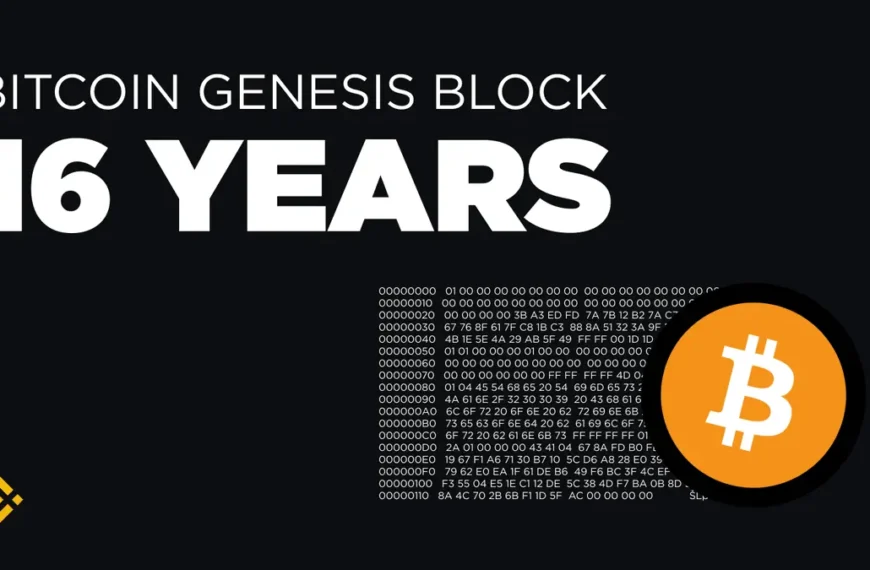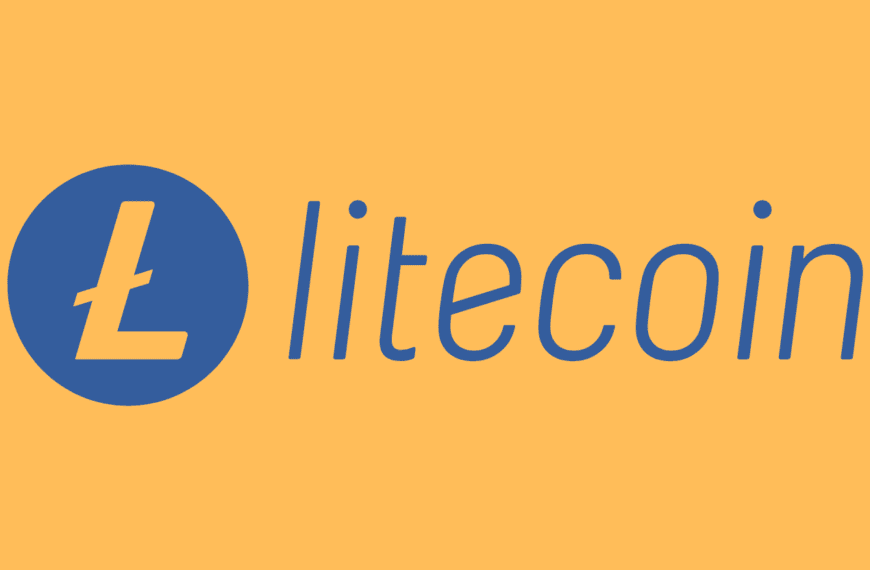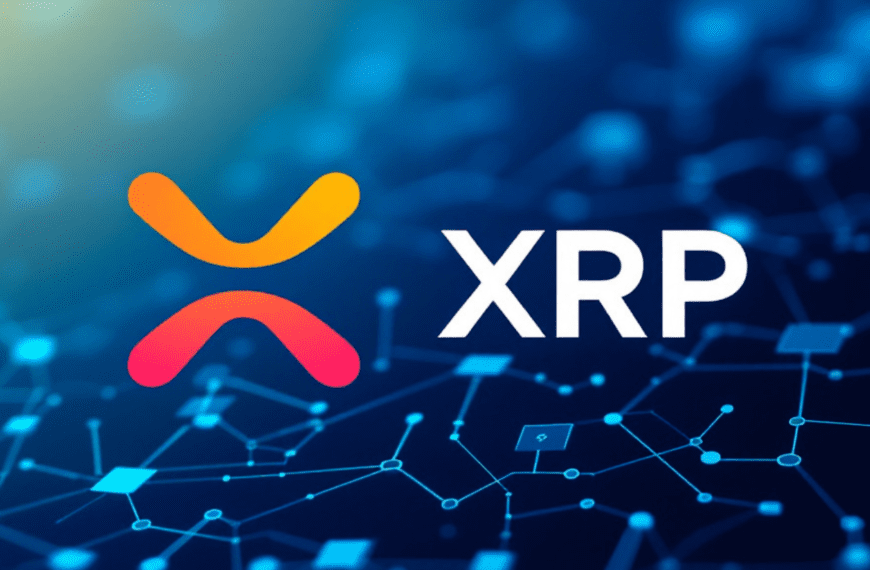What is Bitcoin?
Bitcoin is a cryptocurrency—a type of digital or virtual currency that uses cryptography for security. Unlike traditional currencies (like the US dollar or euro), Bitcoin is not controlled by any central authority such as a government or a bank. Instead, it is based on a decentralized network that allows people to send and receive payments directly to one another, without relying on intermediaries.
The key feature of Bitcoin is its blockchain technology, which serves as a public ledger to record every transaction made with Bitcoin. Transactions are verified by network nodes and recorded in blocks that are added to the blockchain. This technology ensures that Bitcoin transactions are secure, transparent, and tamper-proof.
The Basics of Bitcoin Transactions
To understand how Bitcoin works, you first need to know about Bitcoin addresses and private keys.

- Bitcoin Address: A Bitcoin address is similar to an email address or bank account number. It is a unique string of letters and numbers that allows users to receive Bitcoin. Bitcoin addresses are derived from a user’s public key. Public keys are a part of the cryptographic system that ensures the security of Bitcoin transactions.
- Private Key: A private key is a secret code known only to the owner of the Bitcoin. It is used to sign transactions and prove ownership of the Bitcoin associated with a particular address. Private keys are crucial to ensure that only the rightful owner can spend or transfer Bitcoin. If someone loses their private key, they lose access to their Bitcoin.
Now, let’s see how a typical Bitcoin transaction works:
- Initiating a Transaction: Alice wants to send 1 Bitcoin to Bob. Alice will create a transaction by entering Bob’s Bitcoin address and the amount she wants to send. She will then use her private key to sign the transaction, which proves that she has the right to spend the Bitcoin.
- Broadcasting the Transaction: After Alice signs the transaction, it is broadcast to the Bitcoin network. This means that all computers (also known as nodes) in the Bitcoin network can see the transaction and verify it.
- Verification: To ensure that the transaction is valid, miners in the network will verify it by checking whether Alice actually has the Bitcoin she is sending and whether she has not spent it already (which is known as a double-spending problem).
- Adding to the Blockchain: Once the transaction is verified, it is grouped with other transactions into a block. This block is then added to the blockchain, a public ledger that records all Bitcoin transactions ever made. The blockchain is maintained by miners, who secure the network and confirm transactions through a process called mining.
- Completion: Once the block containing Alice’s transaction is added to the blockchain, Bob receives the 1 Bitcoin. The transaction is now complete.
What is the Blockchain?
The blockchain is the backbone of Bitcoin. It is a distributed, decentralized ledger that records all Bitcoin transactions in blocks. Each block contains a list of transactions, and once a block is full, it is added to the chain of previous blocks. This makes the blockchain a chain of blocks—hence the name.
The blockchain is publicly available, meaning anyone can view the transactions recorded on it. However, while the transaction details are visible, the identities of the people involved in the transactions are hidden behind their Bitcoin addresses.
The security of the blockchain is ensured by the Proof of Work (PoW) consensus mechanism. In this system, miners solve complex mathematical puzzles to add a new block to the blockchain. This process is computationally expensive and ensures that adding a block requires significant effort, making it difficult for anyone to tamper with the blockchain.
Mining: How New Bitcoins Are Created
Bitcoin operates on a system of mining, which is how new bitcoins are created and how transactions are confirmed. Mining involves solving complex mathematical problems, and miners use powerful computers to do this.
When a miner successfully solves a puzzle, they are allowed to add a new block to the blockchain. This process is called Proof of Work. In return for their efforts, the miner is rewarded with newly minted bitcoins. This reward is how new bitcoins are introduced into circulation. This process is also how Bitcoin is secured because it requires miners to invest resources (in the form of computing power and electricity) to ensure that the network remains safe and tamper-proof.
The mining process serves two purposes:
- Creation of New Bitcoins: Miners are rewarded with new bitcoins for each block they add to the blockchain. This is the only way to create new bitcoins, and the reward decreases over time in an event called the halving. This reduces the number of new bitcoins created and slows down the supply.
- Securing the Network: Mining also serves as a way to secure the Bitcoin network. Each time a block is added to the blockchain, it is confirmed and validated by the miners. This ensures that all transactions are legitimate and that the blockchain remains tamper-proof.
The total supply of Bitcoin is capped at 21 million, which means that only 21 million bitcoins will ever be mined. This is in stark contrast to traditional fiat currencies, which can be printed or issued at will by governments.
Bitcoin’s Supply and Halving Events
As mentioned earlier, Bitcoin has a fixed supply of 21 million coins. This is part of the protocol designed by Bitcoin’s creator, Satoshi Nakamoto. The fixed supply is intended to reduce the risk of inflation and increase the value of Bitcoin over time, as demand for it grows.
However, the process of releasing new bitcoins is not straightforward. Initially, when Bitcoin was first launched, miners were rewarded with 50 bitcoins per block. But every four years, the reward for mining a new block is cut in half. This event is called the halving.
The halving events are programmed to occur approximately every four years, and they gradually reduce the rate at which new bitcoins are created. This process will continue until all 21 million bitcoins have been mined, which is expected to occur around the year 2140. After that point, no new bitcoins will be created, and miners will be compensated solely through transaction fees.
So far, Bitcoin has experienced four halvings (in 2012, 2016, 2020, and 2024), each of which has resulted in a reduction in the block reward. The halving event has a significant impact on the Bitcoin market, as it decreases the rate at which new bitcoins are introduced, potentially increasing their scarcity and value.
Also Read: What is Bitcoin? Who is the Founder of Bitcoin?
Bitcoin Security: How Does Bitcoin Stay Safe?
Bitcoin’s security is one of its most important features. There are several factors that contribute to its security:
- Decentralization: Bitcoin is decentralized, meaning that no single entity controls it. The network is maintained by thousands of nodes (computers) around the world. This makes it difficult for anyone to manipulate the system or alter transactions.
- Proof of Work: The Proof of Work mechanism ensures that adding a new block to the blockchain is computationally expensive and time-consuming. This makes it nearly impossible for malicious actors to alter the blockchain or reverse transactions.
- Cryptography: Bitcoin uses cryptographic techniques to secure transactions. Private keys are used to sign transactions, and public keys are used to verify them. This ensures that only the owner of a Bitcoin address can spend the coins associated with it.
- Transparency: The Bitcoin blockchain is publicly accessible, meaning that anyone can view the transaction history. This transparency helps to prevent fraud and allows for the easy verification of transactions.
- Immutability: Once a transaction is added to the blockchain, it cannot be changed or erased. This makes Bitcoin a secure and permanent ledger of transactions.
Also Read: What is Blockchain and How Does it Work?
Advantages of Bitcoin
Bitcoin offers several key advantages over traditional currencies and payment systems:
- Decentralization: Bitcoin is not controlled by any government or central authority, making it resistant to censorship and manipulation.
- Security: Bitcoin’s blockchain and cryptographic protocols ensure that transactions are secure and irreversible.
- Low Fees: Bitcoin transactions often have lower fees than traditional payment systems, especially for international transfers.
- Borderless: Bitcoin can be sent and received anywhere in the world without the need for intermediaries like banks or payment processors.
- Transparency: Bitcoin’s blockchain is publicly available, making it easy to track and verify transactions.
Disadvantages of Bitcoin
Despite its advantages, Bitcoin also has some challenges and limitations:
- Scalability: Bitcoin’s network can become congested during periods of high demand, leading to slow transaction times and higher fees.
- Price Volatility: Bitcoin’s price can be highly volatile, making it risky for both investors and users who rely on it for everyday transactions.
- Energy Consumption: Bitcoin mining requires significant computational power, leading to high energy consumption and environmental concerns.
- Regulatory Uncertainty: Governments around the world are still figuring out how to regulate Bitcoin and other cryptocurrencies, which could create uncertainty for users and businesses.
Conclusion
Bitcoin is a groundbreaking digital currency that has transformed the world of finance. It operates on a decentralized, secure network, using blockchain technology to verify transactions and ensure transparency. Bitcoin is created through mining, and its fixed supply ensures that no more than 21 million bitcoins will ever be mined.
Disclaimer: The content provided here is for educational purposes only and is intended to raise awareness about cryptocurrency and blockchain technology. It should not be considered as financial or investment advice. Before investing in any cryptocurrency or token, we strongly encourage you to conduct thorough research, understand the associated risks, and make informed decisions (DYOR – Do Your Own Research). For detailed guidance, consult a qualified financial advisor.














